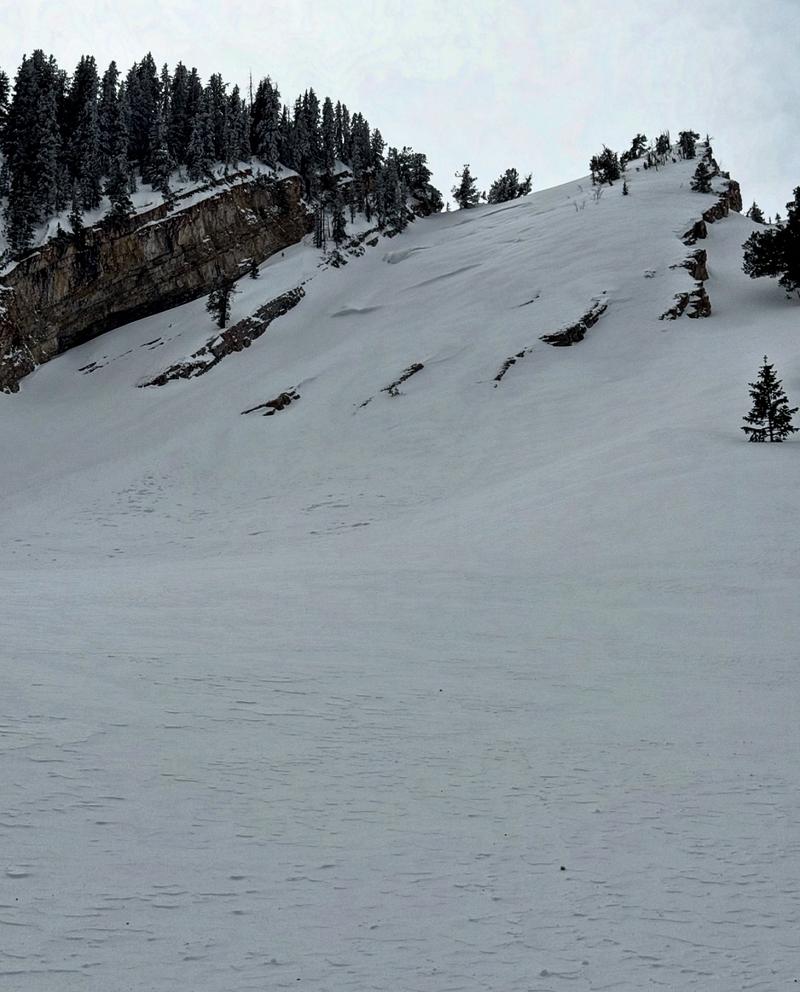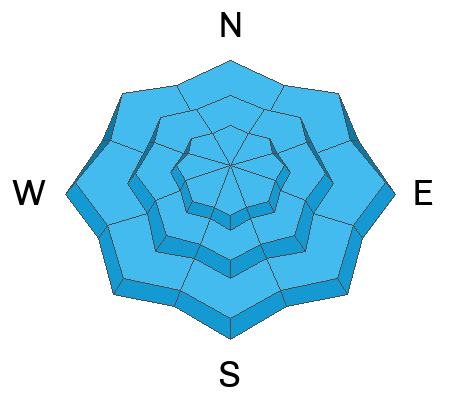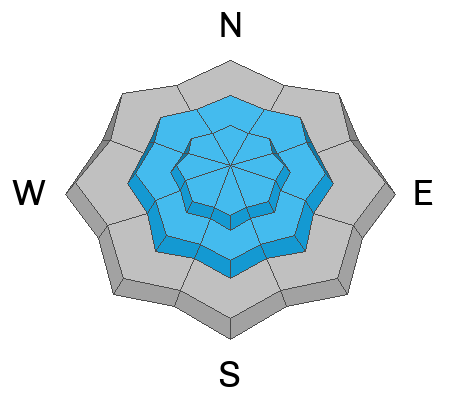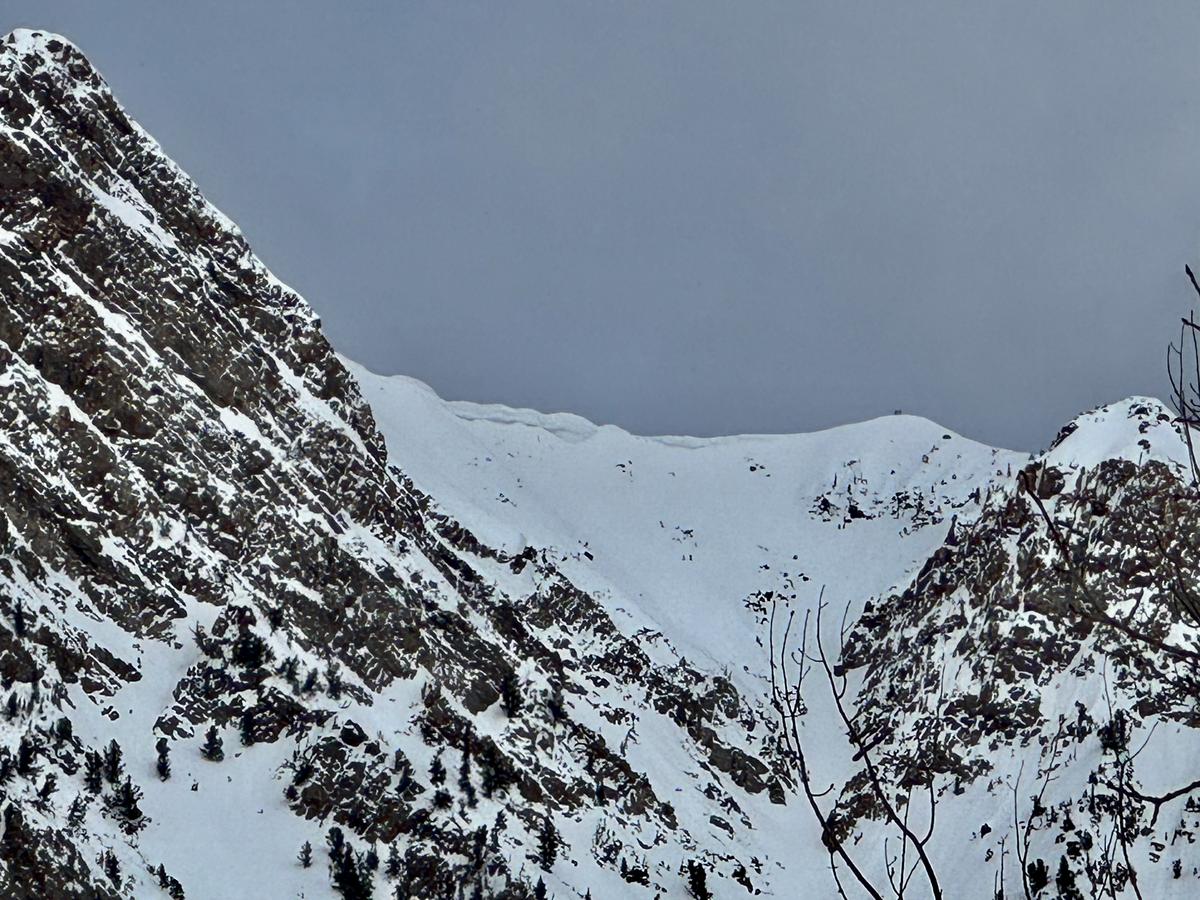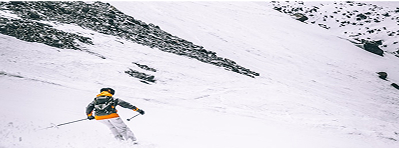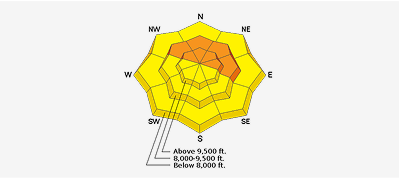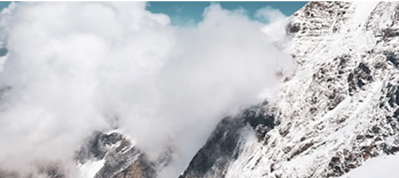Forecast for the Salt Lake Area Mountains

Issued by Dave Kelly on
Saturday morning, March 22, 2025
Saturday morning, March 22, 2025
There is a MODERATE avalanche danger today, where it will be possible for humans to trigger new or wind-drifted snow avalanches failing in the most recent storm snow. This will be more likely during periods of increased snowfall.
With any hint of March sun expect to see wet avalanches on solar aspects.
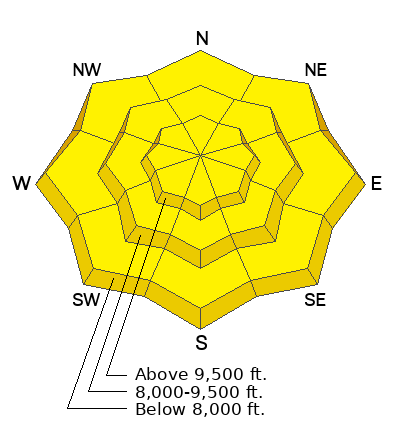
Low
Moderate
Considerable
High
Extreme
Learn how to read the forecast here


